10th – 26th March – Louisiana……a land of lakes and big rivers such as the Mississippi, Red River and the Atchafalaya, the huge basin of this latter river, making up the largest wetland and wildlife refuge in the United States before meeting the Gulf of Mexico. As we leave Texas behind, huge swamp areas line the road, mist rising from the murky waters and wrapping itself around submerged and soaking, black trees. We will soon discover that there are many bridges to cross Louisiana’s huge rivers and wet, swampy landscape, such as the enormous Huey P. Long Bridge that crosses the Mississippi, resembling a giant meccano structure. We learn later, that the waterlogged fields are growing rice and after the summer harvest, a fungus grows on the remaining stubble, providing rich pickings for Lousiana’s famous crawfish.
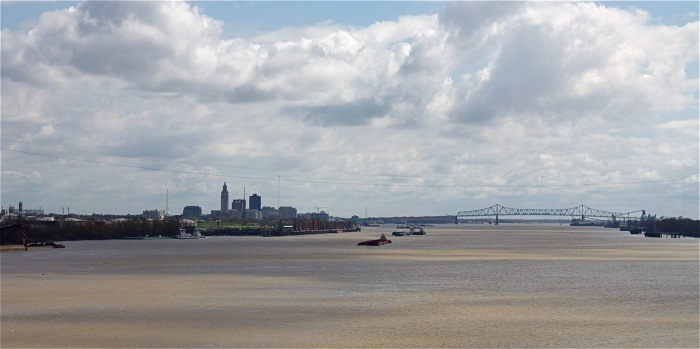
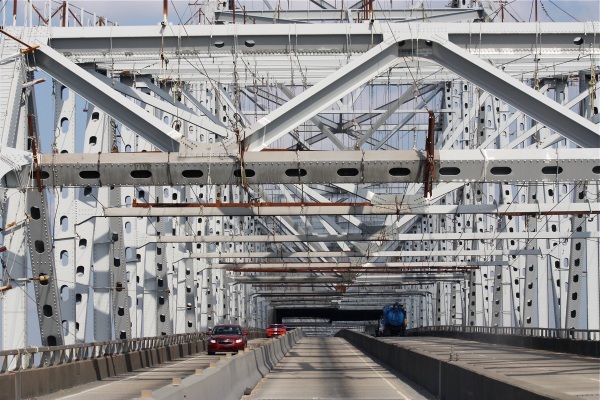
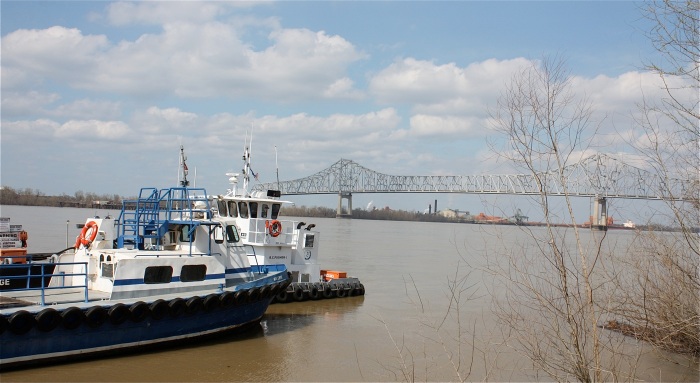
Louisiana is well known for its rain and it’s pouring as we cross a steep bridge over Calcasieu Lake but in down town Lafayette, we have a dry spell and visit the imposing Cathedral of Saint John the Evangelist. The remains of a number of prominent people have been buried in its huge cemetery, many of them from the famous Mouton family. Because of the high water table, above ground burial is necessary and many of the tombs are very ornate.
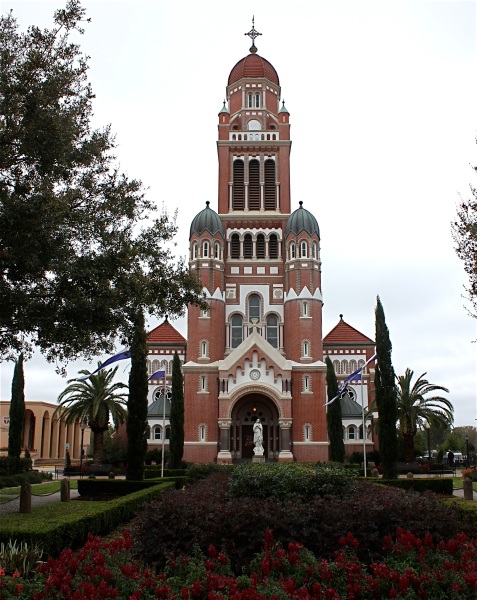
The Cathedral also has one of the largest live oaks in the United States growing in its grounds, estimated to be almost 500 years old…….an impressive sight.
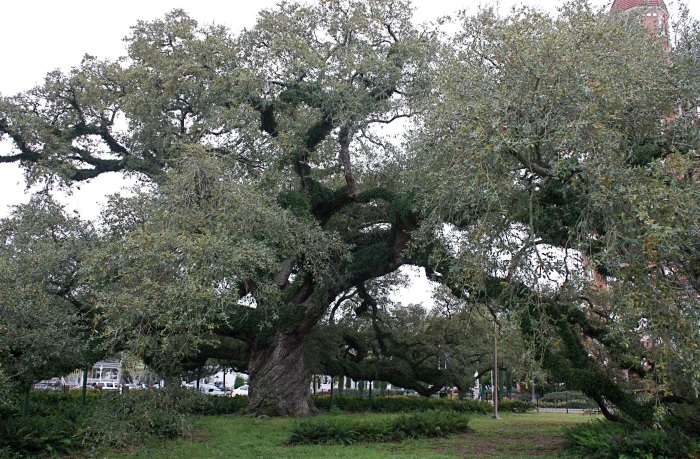
The area known as Lafayette was originally called Vermilionville after the Vermilion River and it is here that we stop next between the showers to visit an historic village, created and designed to preserve the folklife and different cultures of the Attakapas area between 1765 and 1890, when it was home to many Acadian (Cajun), Native American and Creole settlers. The village has been created with a few original houses that were donated but most of the buildings have been recreated as close as possible to their original design, using the same authentic materials. 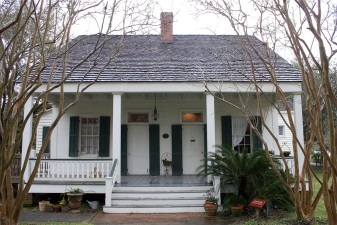
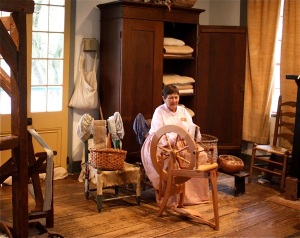
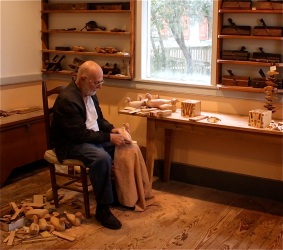
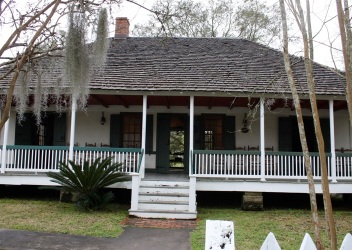
The wet weather is making driving conditions hazardous as we continue on Interstate 10 towards Baton Rouge, capital of Louisiana.
A hello to Aurelio and his little boy (also Aurelio) who came over to chat with us in Albertson’s car park. He had also noticed us on the road leaving Texas as he had been back to see family in Houston. A keen Land Rover enthusiast with a much loved Discovery 2. We have met so many great people through our vehicle!
Whilst visiting the West Baton Rouge Museum we join up with Shirley and Allan, both from Louisiana. Thank you both so much for your kind hospitality and the lunch at The Cheesecake Bistro, we really enjoyed your company.
We call in at Henry Neubig’s Art Gallery and Studio to see his famous Louisiana mud paintings. He is a very active and interesting 82 year old, who begins by showing me his pots of coloured clay, pigments collected from the alluvial soils of the tributaries of the Mississippi. With these, he has created his own unique and personal palette. Neubig paints what he knows and loves best and that is his homeland, rural Louisiana. Nearly all of his original work has been sold but I buy a simple print of Ibis standing in water.
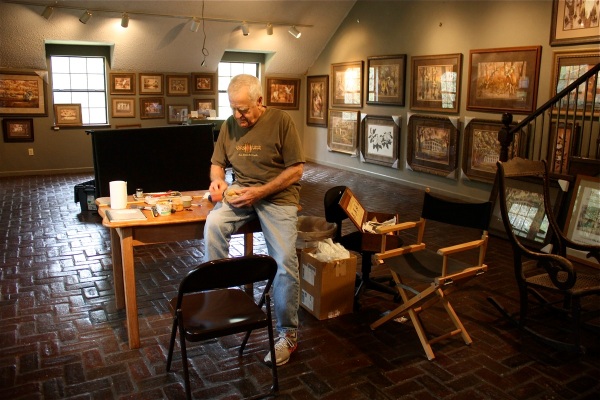
The winding Great River Road between New Orleans and Baton Rouge is also known as Plantation Country and provides an unforgettable journey back in time amongst magnificent homes, where fortunes were tied to the fertile delta soil of the great Mississippi River. Although many of the plantations have been lost over the years, along this route nine lavish and historic plantation homes have been restored to their former glory, their architecture influenced by the many different colonists and settlers who made this land their home.
We visit three, the most memorable probably being Oak Alley Plantation with its avenue of 300 year-old live oak trees and known as the ‘Grande Dame of the Great River Road.’ With its slave and Civil War history and stories of romance, wealth, greed and tragedy, the home is thought by many, to be haunted by a ‘Lady in Black.”

The St. Joseph Plantation is a working Creole sugar plantation and this house has been family owned since 1877. Sugar still plays a vital role in the economy of Louisiana to the present day.
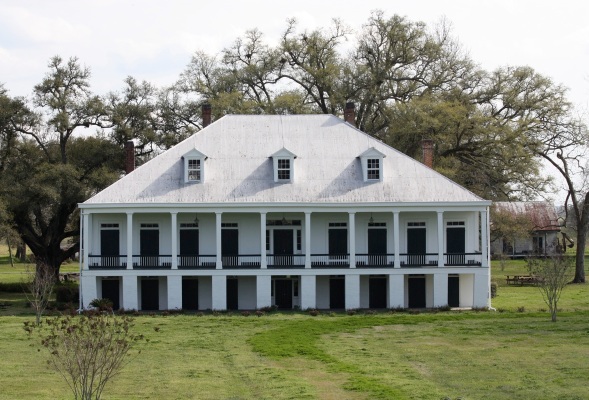
Laura is another Creole Plantation and one of the oldest and largest on River Road, with documented stories covering 200 years of Creole plantation life by the the women, children and servants who lived there.
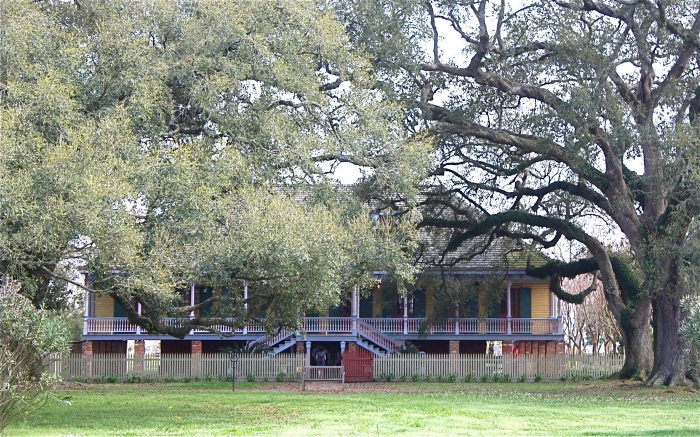
In late August 2005, one of the United States most deadliest hurricanes hit the Gulf Coast. Hurricane Katrina pummelled parts of Louisiana, Mississippi and Alabama but New Orleans was severely affected. Battering waves and huge surges of water caused many of the city’s levees to collapse and be swept away, causing extensive flooding which remained for weeks. Sadly a great number of people died in the hurricane and the following floods. There are still scars to be seen, but after years of rebuilding and gradual recovery, people along this stretch of the Gulf Coast, have made great strides in returning to a normal life.
And so we arrive in New Orleans, built at the mouth of the Mississippi, largest city in Louisiana and famous for its annual Mardi Gras celebrations. Whilst here, we stay at the KOA campground as we need an address for Bill’s new driving licence to be sent to from the UK. Great to meet some more overlanders from the UK. Diane and Val each riding a Triumph Tiger and slowly making their way down into South America. What a wonderful journey ahead of you….safe travelling and enjoy all the many spectacular places that you will see! Also Brian and Carolyn who lead a very interesting life travelling around the USA and Canada for 4 months, 2 months back in the UK and the rest of the time at their home in Cyprus! Safe travelling also!
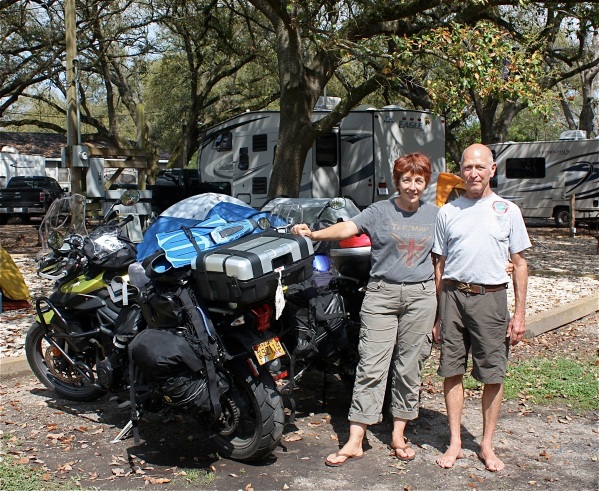
One of Louisiana’s biggest highlights when visiting New Orleans is its Historic French Quarter, where there is something for everyone, no matter what your interests, budget or age. It could begin with a daytime jazz cruise on the elegant Natchez, a steam-powered paddleboat, that will allow you to experience the ever-changing skyline of New Orleans as it travels down the mighty Mississippi.
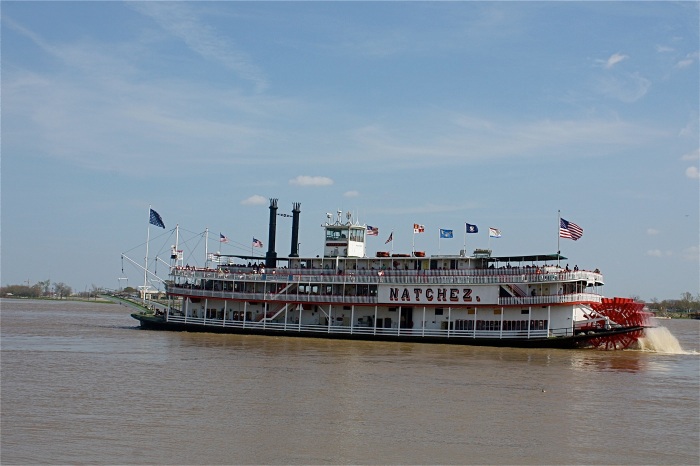
Back on land, there are so many more attractions such as the fascinating architecture…….
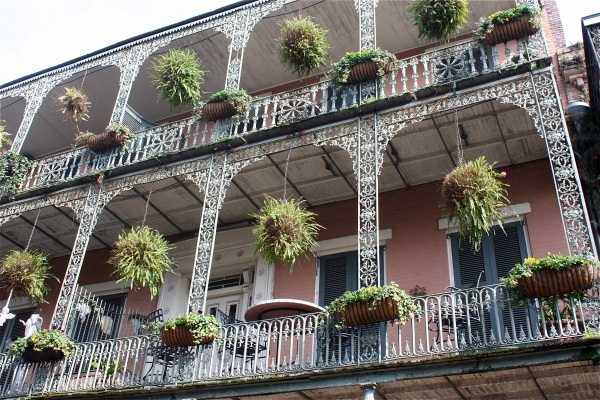
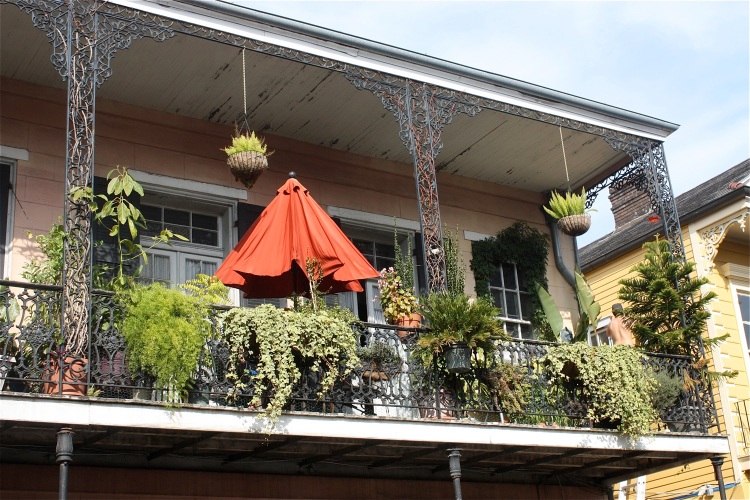
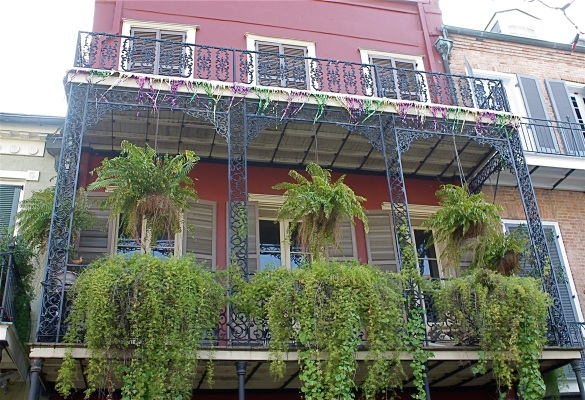
………art galleries, museums, markets and local crafts. World renowned restaurants line the streets, along with numerous bars and cafes, such as the very popular Cafe du Monde famous for its Beignets……a New Orleans speciality of deep fried dough covered with powdered sugar or other iced or fruit-filled variations. Which ever way you like them, they are hard to resist!
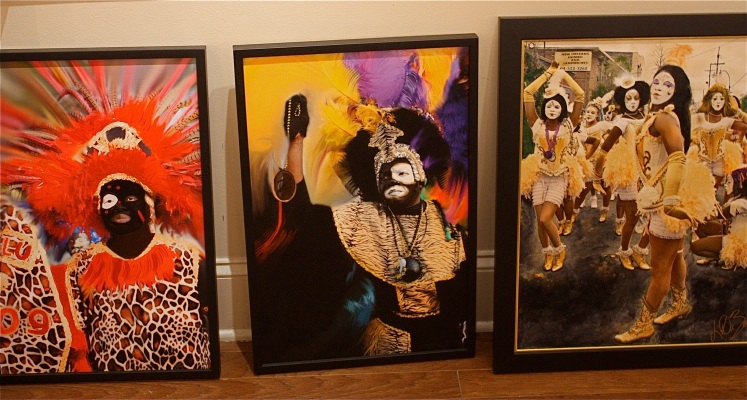

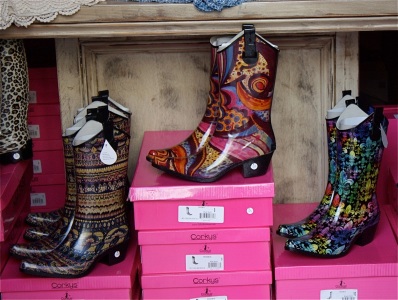

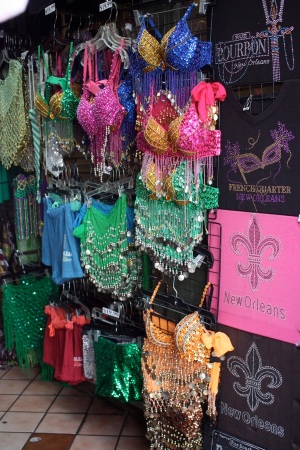
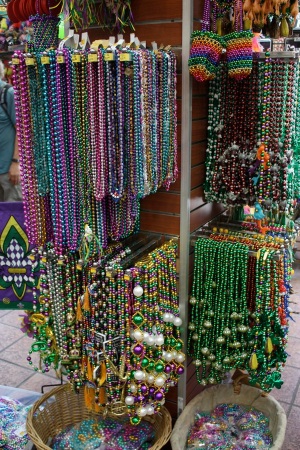
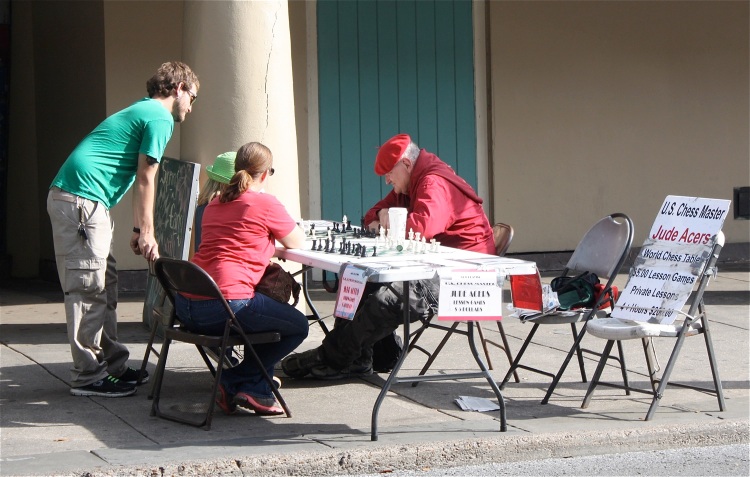
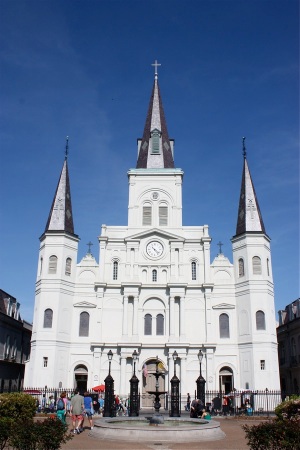
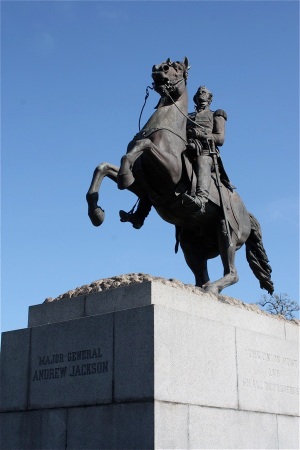
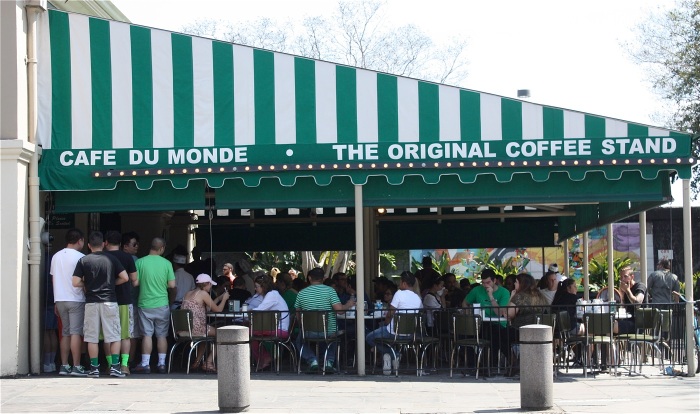
Welcome to the birthplace of jazz! The random bands that we encountered brought the streets alive and were great attractions, getting everyone toe tapping and many people dancing!
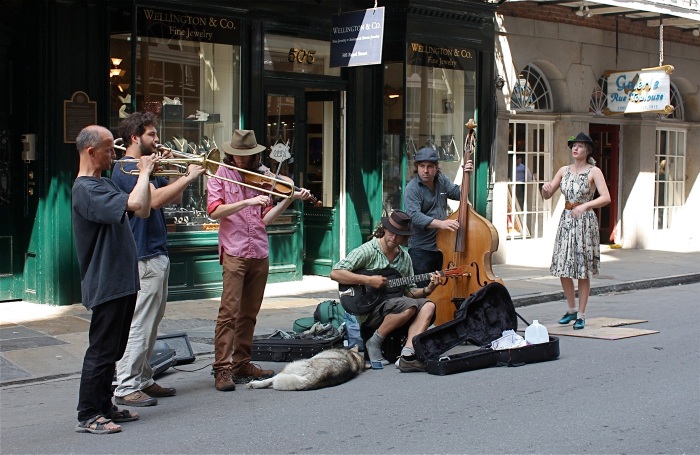
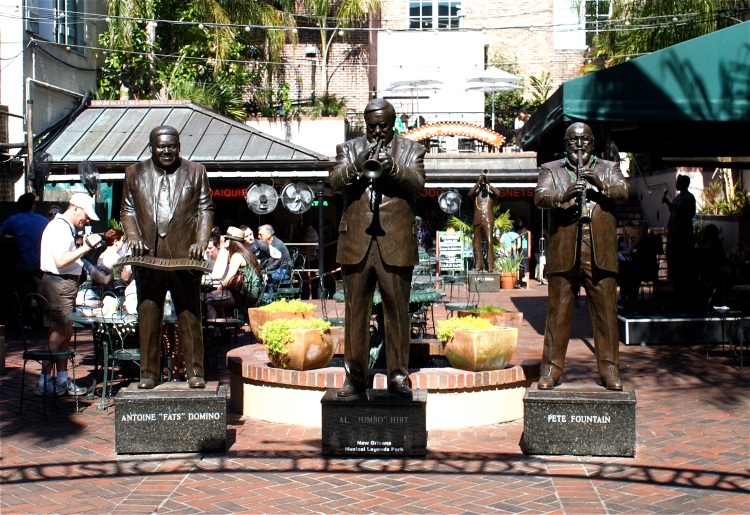
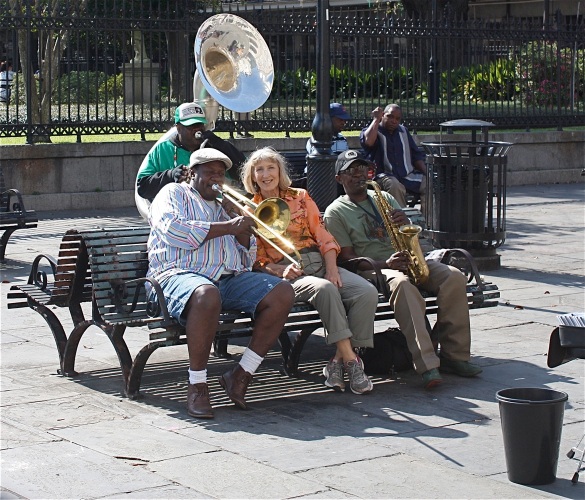
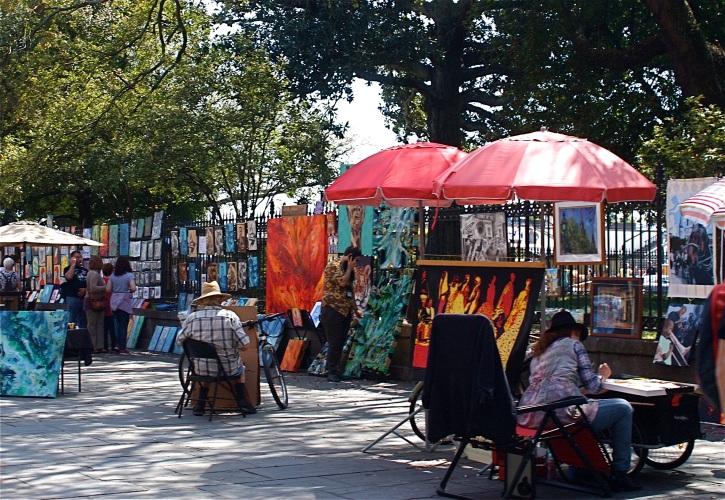
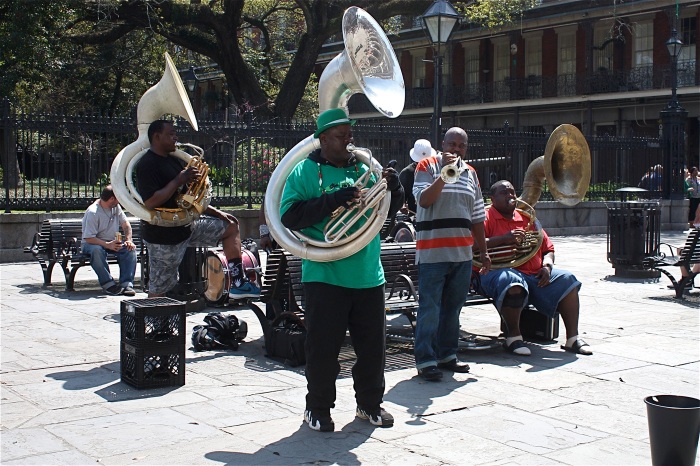

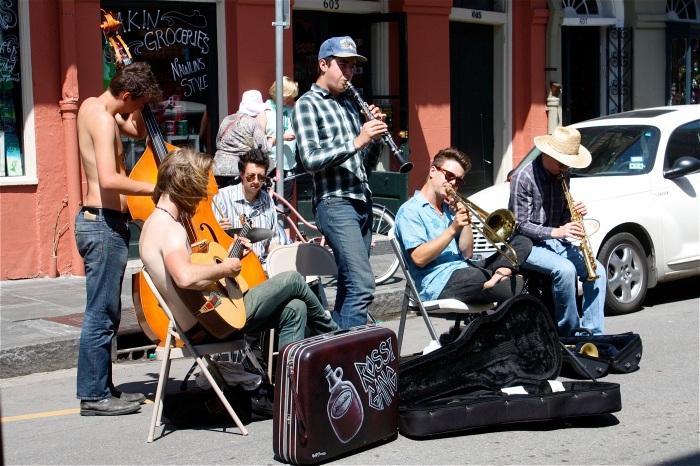
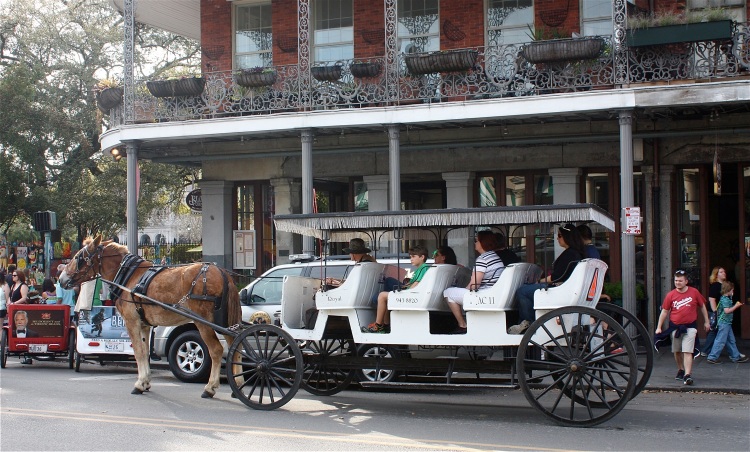

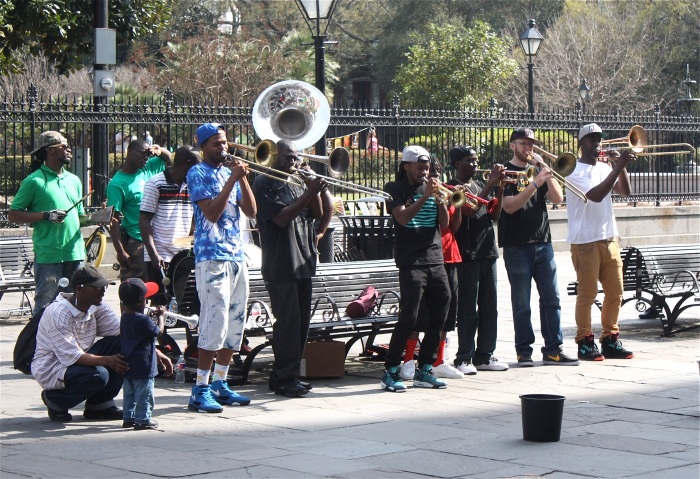
Love New Orleans!!
Experiencing something quite different after New Orleans………back amongst nature in Louisiana’s Barataria Preserve, the Jean Lafitte National Historical Park and Preserve. 20,000 acres of marsh, swamp and natural levee forest, just a portion of the huge Mississippi River delta with its great wetlands that once covered south Louisiana but which now are sadly disappearing under the Gulf of Mexico. Spanish moss drapes many of the trees and beneath the canopy, it’s a world of many plant species, mosses, vines, fungi, lichens, algae, ferns…… a natural world, but where flooding and hurricanes can create dramatic and violent changes.

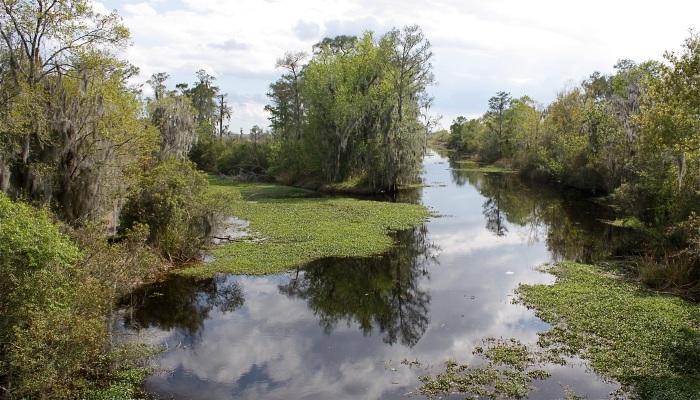
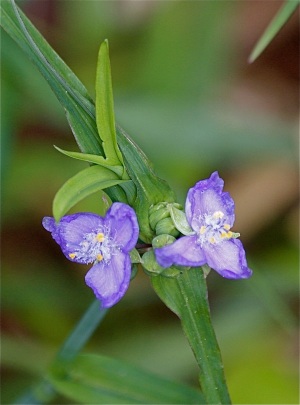
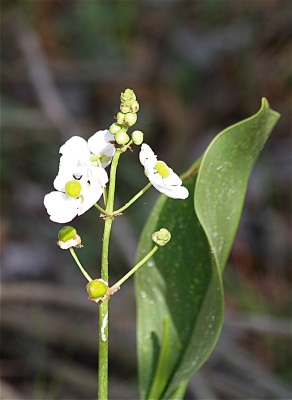
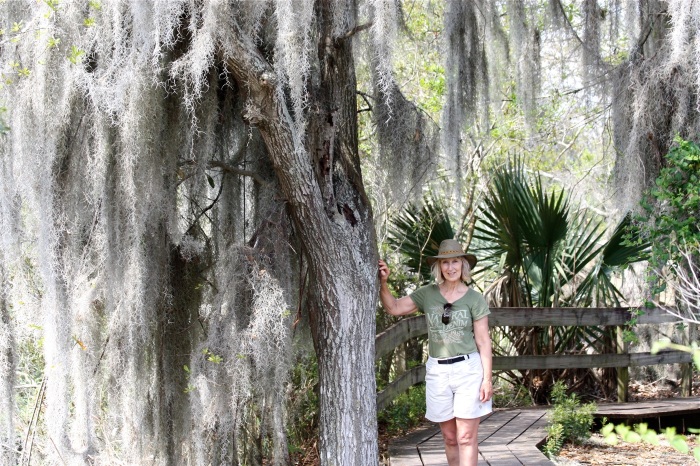
It is also home to many amphibians, insects, reptiles, birds and mammals that have adapted to living amongst these wetlands.
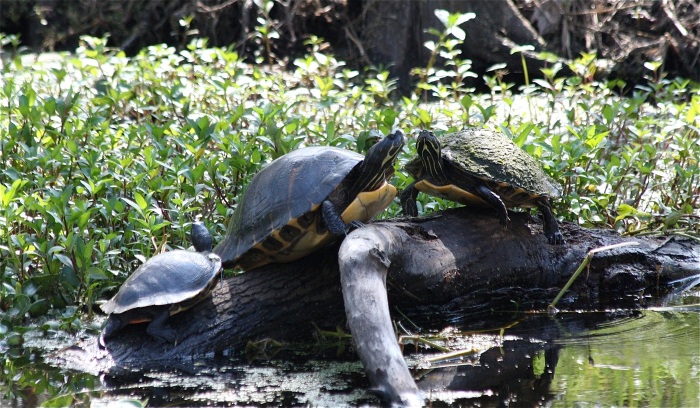
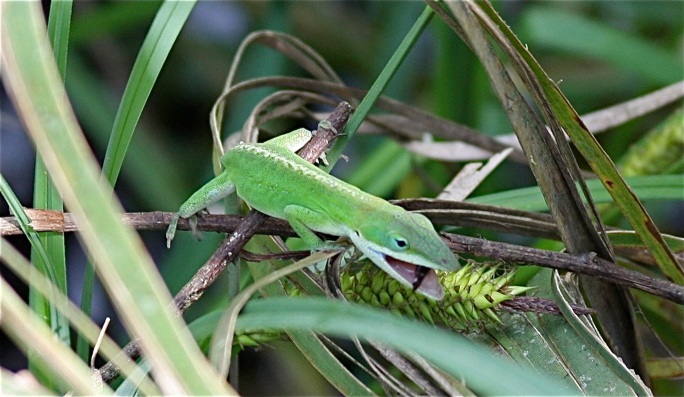
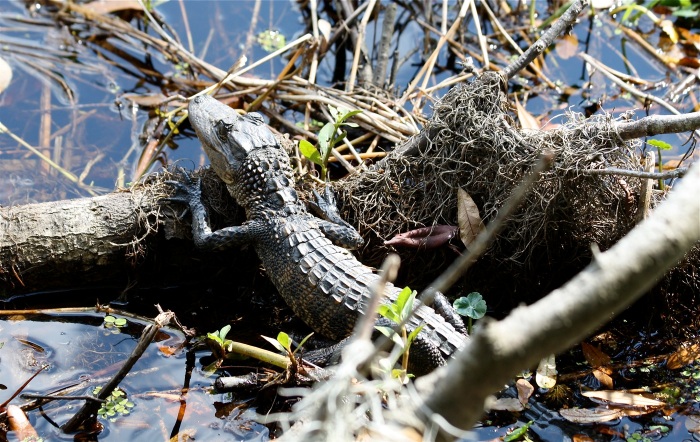
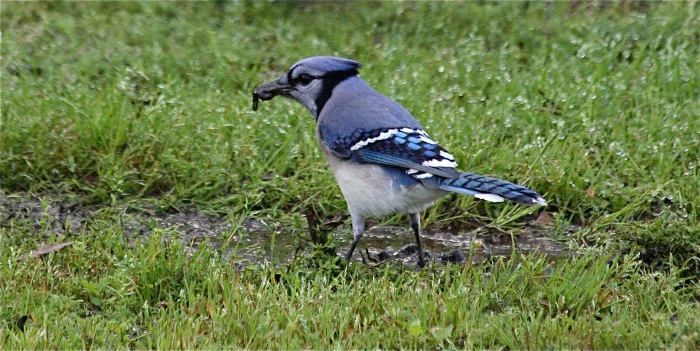

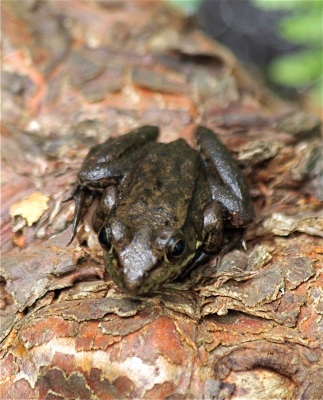
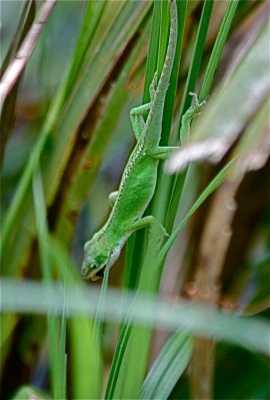

Leaving behind Louisiana, we cross the state border into Mississippi. Sandy beaches stretch for miles as we follow the coast and we can smell the purple wisteria that’s growing wild amongst the trees.
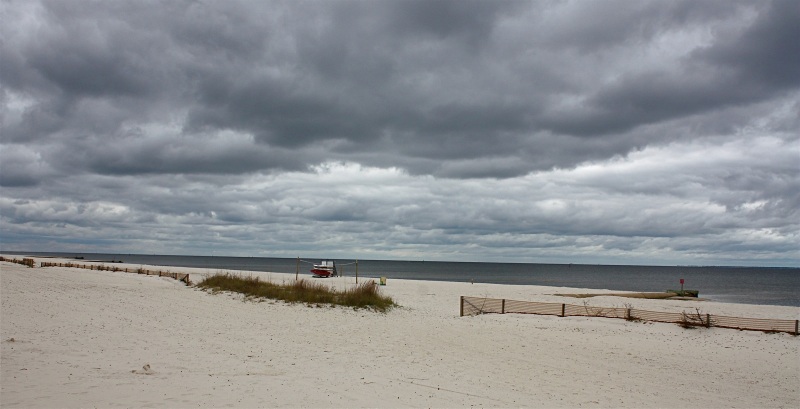
We camp at Bay St. Louis amongst very friendly people. For many of them here, their rigs are their permanent homes. A neighbour comes over to tell us about the best grocery stores to shop at for the best deals, whilst John shows us his big bike and truck parked outside his trailer, both needing parts before he can become mobile again. Being a real motorbike enthusiast, he’s planning on getting his bike fixed first. Money is tight for many people, Mississippi has the lowest disposable income we are told…….but not for everyone. As we drive along the Gulf coast road, palatial houses are built on large plots facing the ocean, beautifully designed weatherboard properties built in a modern style but reflecting old, colonial type architecture.
Out on the fishing pier, we chat to a group of volunteers who are counting the Laughing gulls, so called because their cries resemble somebody laughing. Our lunch stop is at the Hard Rock Cafe in Biloxi, love this rock’n roll era and all the memorabilia displayed from many of the big rock’n roll artists, we are always drawn to these but our best one so far was in Medellin, Colombia.
Shephard State Park provides us with camping for a few days and their very reasonable price of $18 a night includes not only electricity and water on site but hot water in the restroom and a shower……real luxury! We have always found State Parks to be great camping places providing spacious and well spread out sites and this park is no exception. Nestled in the heart of Pascagoula River country, legend has it that members of the Pascagoula Indian Nation linked hands and walked into this river, rather than be taken captive by hostile Indian tribes. The mournful death chant they sang as they walked, gave this river another name….SingingRiver. More than 8 miles of hiking trails wind through the park with some beautiful, old Live Oaks, wild flowers, marsh areas and bayous.
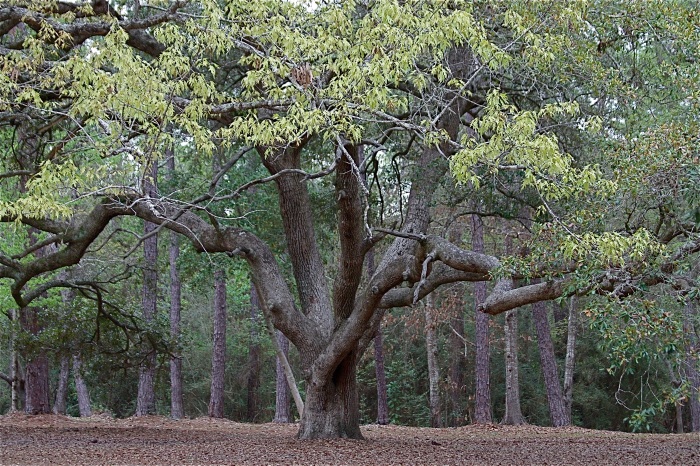
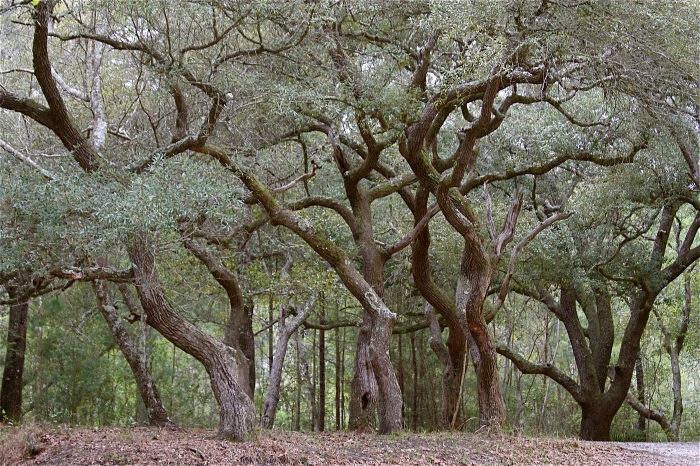
A nearby Walmart provides shopping and Bill does an oil change. On our way to the old, historic town of Ocean Springs, we drop the old oil off into an auto shop which will then dispose of it….very convenient.
Ocean Springs (just east of Biloxi) is full of interesting weatherboard houses, quirky shops, galleries, cafes and restaurants, streets lined with trees and gardens full of brilliant colours.
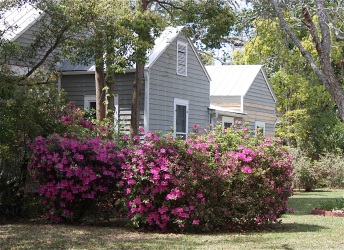
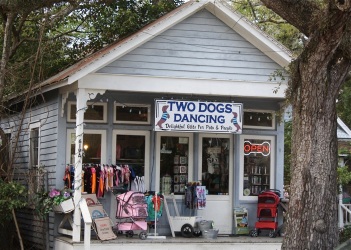
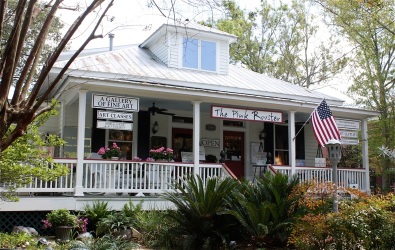

The main reason for coming here however, is to visit the Walter Anderson Museum of Art which has a permanent collection of this American Master’s watercolours, drawings, oils, block prints, ceramics and carvings, as well as exhibiting the work of other significant artists from the Memphis College of Art.
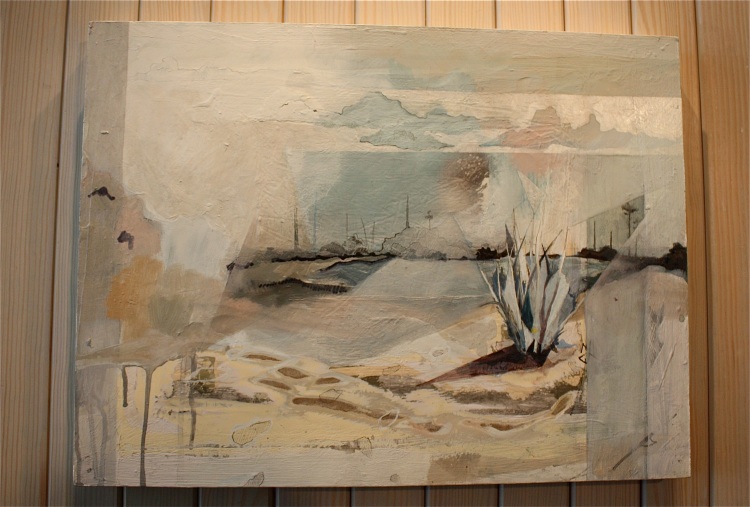
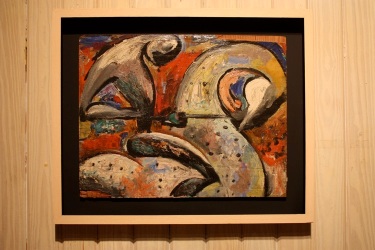
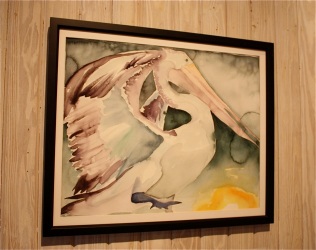
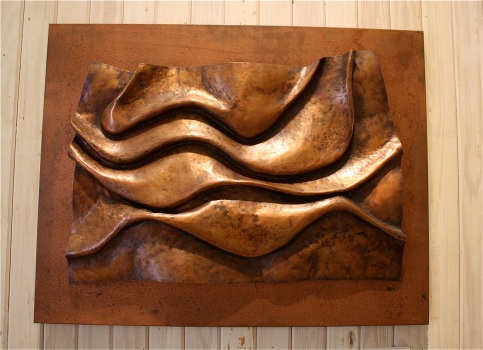
Anderson loved to escape in his rowing boat to deserted Horn Island on the Gulf Coast to become one with nature. Regarded as ‘strange’ as he shunned society and became a recluse, Anderson immersed himself amongst the wildlife and natural surroundings and it was there living a primitive life, that he found the inspiration for much of his work.
At one stage of his life, Anderson lived in a tiny cottage at Shearwater, his refuge on the Mainland. He covered the entire walls of one of the rooms with paintings of creatures of the earth and sky, his vision of the natural world in the life cycle of a day. These Shearwater Cottage Murals were not discovered until after his death.
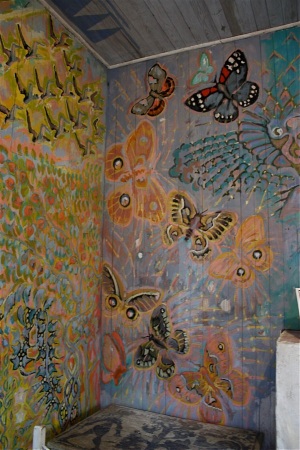
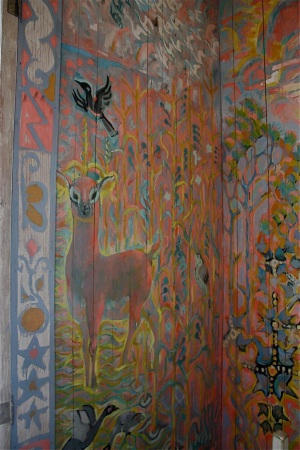
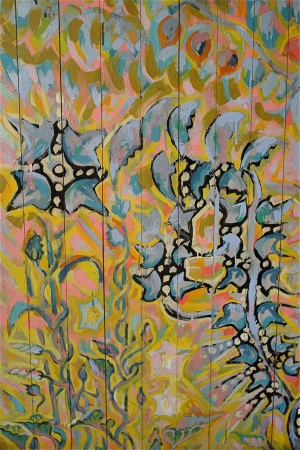
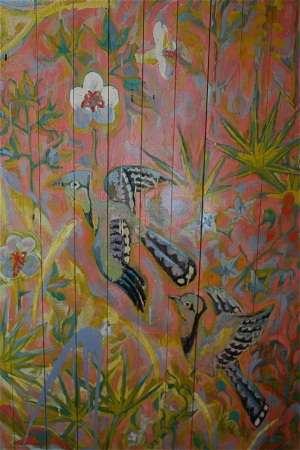
Before leaving Mississippi we visit the Mississippi Sandhill Crane Wildlife Refuge. Sandhill cranes can be seen in different parts of the United States but the Mississippi Sandhill cranes are a separate sub-species and unlike the other cranes, they do not migrate.
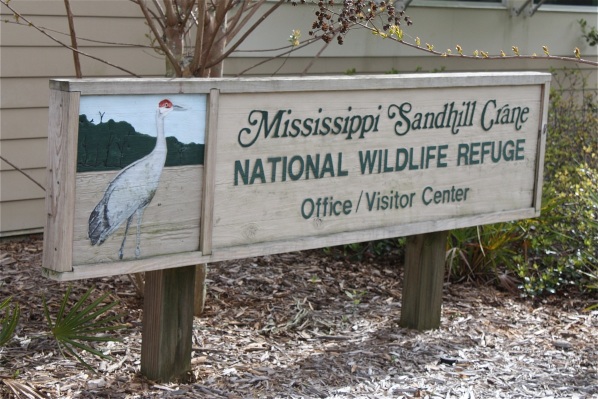
Loss of habitat has threatened the cranes existence and as a result, this rare bird is yet another that has become listed as an endangered species. The nesting season begins in March but the cranes are well protected and so we are not lucky in seeing them. However, the refuge is worth a visit for their excellent information centre, hiking trails and to support their work in restoring semi-open, wet savanna, the Mississippi crane’s natural habitat. As a result of their protection and management, these birds have slowly increased in number since the refuge was established in 1975.
We enter into Alabama in torrential rain, thunder and lightning. There is no horizon, everything just melting together into a dense, pewter grey. The sides of the road are quickly flooded and visibility is very poor. As we skirt the top of Mobile Bay where the Tombigbee and Alabama Rivers flow out toward the Gulf of Mexico, the weather is so unsettled that we decide to drive through this narrow part of Alabama and head into Florida, where we hopefully will find some sunshine!
